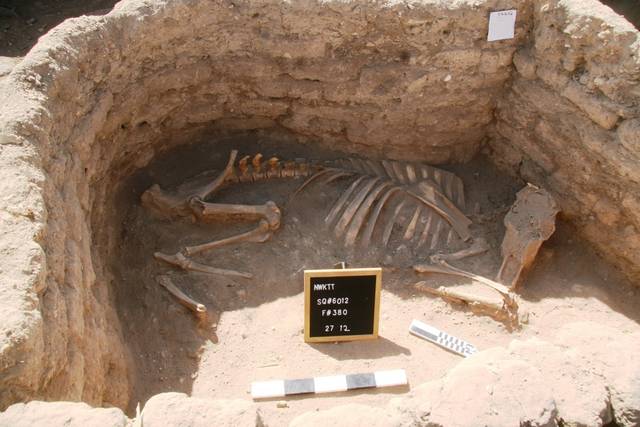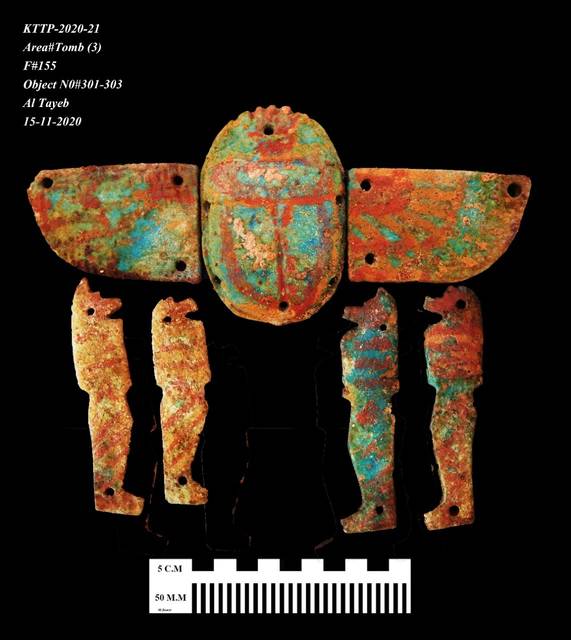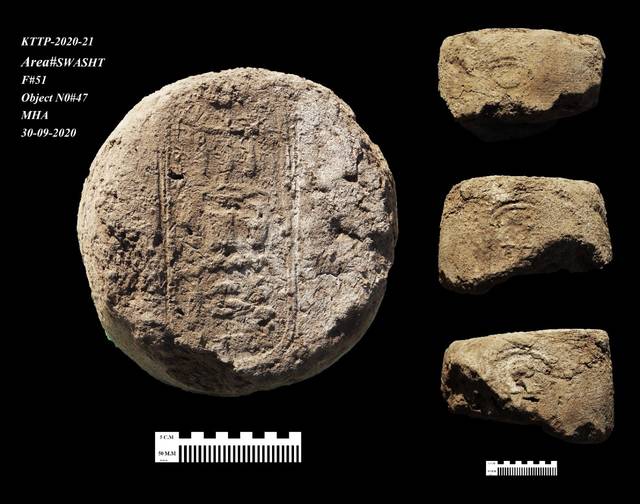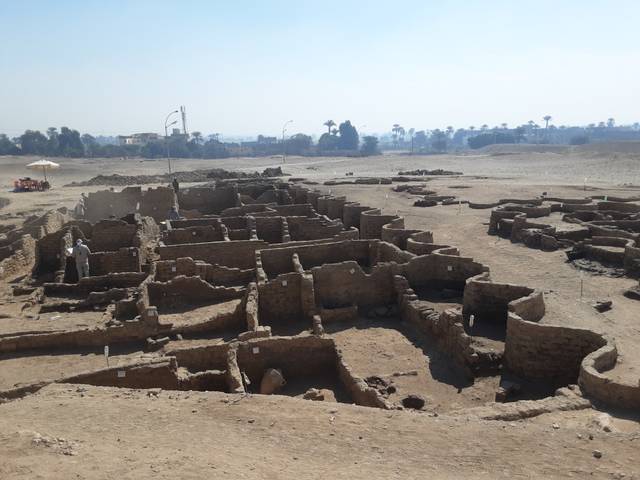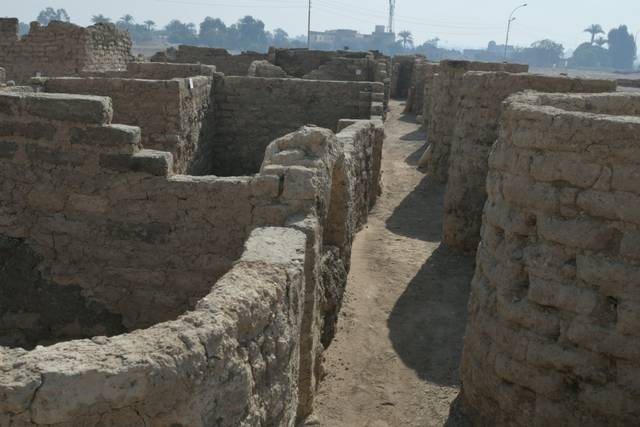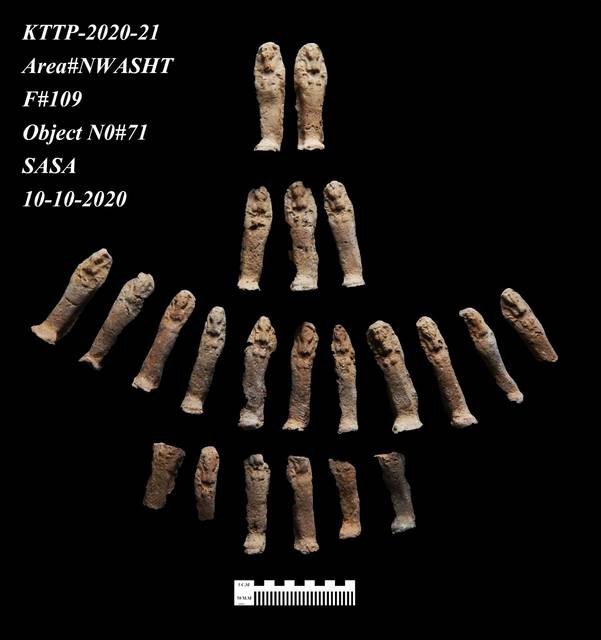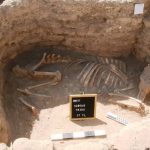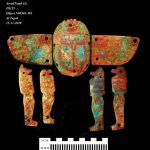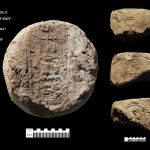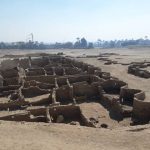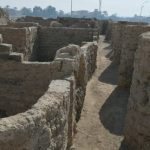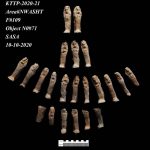Egyptian archeologists have unearthed a 3,000-year-old lost city, complete with mud brick houses, artifacts, and tools from pharaonic times.
Noted archeologist Zahi Hawass said an Egyptian mission discovered the mortuary city in the southern province of Luxor. It dates back to what is considered a golden era of ancient Egypt, the period under King Amenhotep III of the 18th dynasty.
“Many foreign missions searched for this city and never found it,” Hawass said in a statement Thursday. The city, built on the western bank of the Nile River, was once the largest administrative and industrial settlement of the pharaonic empire, he added.
Last year, archeologists started excavating in the area, searching for the mortuary temple of King Tutankhamun. However, within weeks, the statement said, archeologists found mud bricks formations that eventually turned out to be a well-preserved large city. City walls, and even rooms filled with utensils used in daily life are said to be present.
“The archaeological layers have laid untouched for thousands of years, left by the ancient residents as if it were yesterday,” the press release said.
The newly unearthed city is located between the temple of King Rameses III and the colossi of Amenhotep III on the west bank of the Nile in Luxor. The city continued to be used by Amenhotep III’s grandson Tutankhamun, and then his successor King Ay.
Betsy Brian, Professor of Egyptology at John Hopkins University, said the discovery of the lost city was the most important archeological find since the tomb of Tutankhamun.
King Tut became a household name and helped renew interest in ancient Egypt when his tomb in the Valley of the Kings was discovered nearly fully intact in 1922.
Archeologists have also found clay caps of wine vessels, rings, scarabs, colored pottery, and spinning and weaving tools. Some mud bricks bear the seal of King Amenhotep III’s cartouche, or name insignia.


